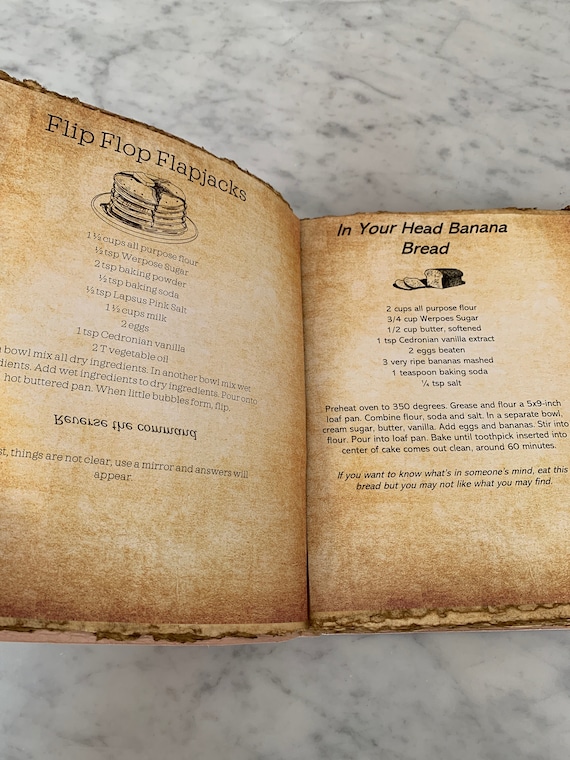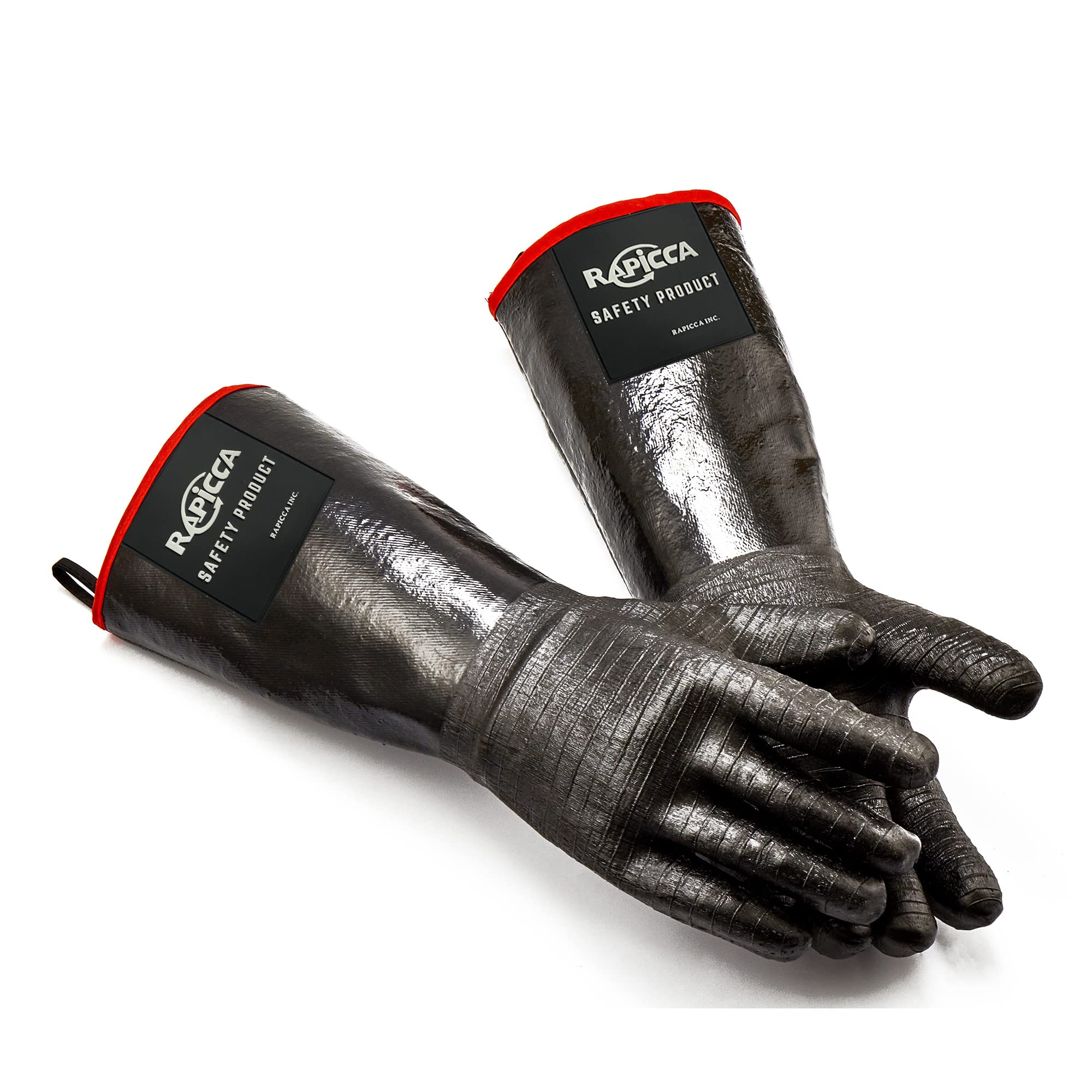No, you should not put a baseball glove in the oven as it can dry out the leather and shorten the lifespan of the glove, especially the laces. While heat can initially make the leather more supple, the hot air in an oven tends to be dry, which is not ideal for the glove.
Instead, there are other methods for breaking in a baseball glove that are more effective and will not damage the glove.
Can You Put A Baseball Glove In The Oven?
Putting a baseball glove in the oven is not recommended. While it may initially soften the leather, the hot air in the oven can dry out the glove, potentially shortening its lifespan. It is best to use other methods to break in a baseball glove.
When it comes to breaking in a baseball glove, there is often a debate among players and experts about the best method to use. One popular question that arises is whether you can put a baseball glove in the oven. In this article, we will delve into this topic and explore the pros and cons of oven-baking, as well as alternative methods for breaking in a glove.
Oven-baking a baseball glove has been a technique used by some players to speed up the break-in process. The idea behind it is that the heat from the oven will make the leather more pliable, allowing the player to shape the glove to their hand more quickly. However, there are both pros and cons to using this method.
One advantage of oven-baking is that it can potentially save time. Instead of waiting for the glove to naturally break in over the course of multiple practices and games, baking it in the oven can help accelerate the process. This is particularly useful for players who need to break in a new glove quickly.
On the other hand, there are some drawbacks to oven-baking a baseball glove. One major concern is the risk of damaging the glove. Exposing the leather to high heat for an extended period of time can cause it to become dry and brittle, potentially leading to cracks or tears in the material. Additionally, the heat can have a negative impact on the glove’s laces, which play an important role in the glove’s overall durability and functionality.
Therefore, while oven-baking may offer a faster break-in time, it is important to weigh the potential risks involved. It is recommended to proceed with caution and consider alternative methods before resorting to using the oven.
If you’re hesitant about oven-baking your baseball glove, don’t worry – there are other methods you can try. Here are a few alternatives:
- Playing catch: One of the most traditional and effective ways to break in a baseball glove is simply by playing catch. Regular use during practices and games will gradually mold the glove to your hand.
- Using glove oils and conditioners: Applying oils or conditioners specifically made for baseball gloves can help soften the leather and expedite the break-in process.
- Steaming: Steaming the glove can also be a safe and effective way to make the leather more pliable. This method involves using a steamer to moisten the glove, followed by shaping it to your desired fit.
- Using a glove mallet: A glove mallet is a tool designed to help break in and shape the pocket of a baseball glove. By repeatedly striking the glove with the mallet, you can speed up the process and achieve a desired shape.
These alternative methods may take a bit more time and effort compared to oven-baking, but they are generally considered safer and less likely to cause damage to the glove. Ultimately, the choice of method for breaking in your baseball glove will depend on your personal preference and willingness to take risks.

Credit: www.justballgloves.com
The Debate: Baking Vs. Other Methods
When it comes to breaking in a baseball glove, some people wonder if they can put it in the oven. However, baking a glove can actually dry out the leather and shorten its lifespan, especially the laces. It’s best to avoid this method and opt for other techniques to break in your glove effectively.
When it comes to breaking in a baseball glove, there has long been a debate about the best methods to achieve that perfect, game-ready feel. Different approaches have been tried and tested, with some players swearing by traditional techniques, while others opt for more unconventional methods. One controversial method that sparks much debate is oven-baking the glove. In this article, we will explore the different approaches to breaking in a baseball glove, delve into the controversy surrounding oven-baking, and debunk common myths and misconceptions along the way.
Different Approaches To Break In A Baseball Glove
Before we dive into the controversy surrounding oven-baking, let’s take a look at the various methods players use to break in their baseball gloves. Here are a few popular approaches:
- Playing Catch: This is perhaps the most traditional method, as it allows the glove to naturally mold to the player’s hand through use. Regularly playing catch with the glove helps to soften the leather and develop the pocket.
- Oil and Conditioner: Applying glove oil or conditioner is another common technique. These products are specifically designed to soften the leather and make it more pliable, speeding up the break-in process.
- Glove Mallet: Using a glove mallet is a method that involves pounding the glove to break up the stiffness and help form the pocket. This technique is often combined with playing catch or using oil/conditioner.
- Heat: The use of heat, such as a hairdryer or hot water, is believed by some to make the leather more supple and easier to break in.
These approaches have their respective supporters and opponents, but it’s important to remember that finding the right method ultimately depends on personal preference and the type and condition of the glove.
The Controversy Surrounding Oven-baking
One method that is met with considerable controversy is oven-baking the glove. Proponents of this approach argue that baking the glove in the oven helps to soften the leather and expedite the break-in process. However, there are several important factors to consider before attempting this method.
Firstly, it is crucial to note that baking a baseball glove can lead to irreversible damage. The high temperatures inside an oven can cause the leather to dry out, resulting in cracked or hardened leather, and potential laces damage. This can significantly shorten the lifespan of the glove and render it unusable.
Secondly, oven-baking may also lead to undesirable changes in the glove’s shape and fit. The heat can cause the glove to stretch or shrink unevenly, compromising its form and making it uncomfortable to wear.
Lastly, it’s worth mentioning that oven-baking a glove goes against the manufacturer’s recommendations. Most glove manufacturers advise against exposing the glove to high temperatures, as it can void the warranty and potentially ruin the glove entirely.
Common Myths And Misconceptions
Now that we have addressed the controversy surrounding oven-baking, let’s debunk some common myths and misconceptions often associated with this method:
- Myth: Oven-baking makes the glove more supple. Truth: While heat initially softens the leather, the dry air in an oven can lead to the leather drying out, which makes it stiffer and more prone to damage.
- Myth: Baking restores an old or wet glove. Truth: Baking may seem like a quick fix, but it can actually further damage the glove and shorten its lifespan.
- Myth: All gloves can be baked in the oven. Truth: Different gloves are made from different materials and have various construction methods. Oven-baking may work for some gloves but can be disastrous for others.
Ultimately, it is recommended to stick to traditional breaking-in methods like playing catch, using oil/conditioner, and incorporating a glove mallet if necessary. These methods are safe, effective, and preserve the integrity and longevity of the baseball glove.
The Pros And Cons Of Oven-baking
When it comes to putting a baseball glove in the oven, there are pros and cons to consider. Although heat can initially soften the leather, the hot air in the oven tends to be dry, which can ultimately dry out the leather and shorten the lifespan of the glove, especially the laces.
It’s best to avoid using the oven to break in a baseball glove.
preserve their game-used gloves, but for new gloves it’s not recommended. Oven-baking a baseball glove has both pros and cons. Let’s take a closer look at the advantages and disadvantages of this method.Advantages Of Baking A Baseball Glove
There are a few benefits to oven-baking a baseball glove. First, it can help break in the glove faster. The heat from the oven softens the leather, making it more pliable and easier to mold to your hand. This can save you time compared to traditional breaking-in methods that can take weeks or even months. Second, oven-baking can help remove any moisture or water from the glove. If your glove gets wet during a game or practice, baking it in the oven at a low temperature can help speed up the drying process. This can prevent the growth of mold or bacteria and keep your glove in better condition. Lastly, baking a baseball glove can help maintain its shape. When leather gets wet, it tends to lose its form and can become misshapen. By placing it in the oven, you can reshape the glove and ensure that it retains its intended structure.Disadvantages And Risks Of Oven-baking
While oven-baking a baseball glove has its advantages, there are also some risks and drawbacks to consider. One of the main concerns is the potential for the leather to dry out and become brittle. Exposing the glove to high heat for too long or at a high temperature can cause the leather to lose its natural oils, leading to cracking and a shortened lifespan. Another risk is that oven-baking can alter the color of the glove. Some gloves may darken or change in appearance when exposed to heat, which can be undesirable for those who want to maintain the original look of their glove. Additionally, there is a danger of overheating the glove or the glove catching fire if not done properly. It’s important to closely monitor the oven temperature and follow the manufacturer’s recommendations, if available. Always exercise caution and never leave the glove unattended in the oven.How To Safely Oven-bake A Glove
If you decide to oven-bake your baseball glove, it is crucial to follow these safety precautions to avoid damaging the glove or causing any accidents:- Preheat the oven to a low temperature, usually around 150°F or lower.
- Place the glove on a baking sheet or aluminum foil to avoid direct contact with the oven racks.
- Keep a close eye on the glove and periodically check its condition to prevent overheating or drying out.
- Do not leave the glove unattended during the baking process.
- Remove the glove from the oven and allow it to cool down before inspecting it and using it.

Credit: www.amazon.com
Alternative Methods For Breaking In A Glove
Breaking in a new baseball glove is essential for achieving optimal performance on the field. While the traditional method of using the glove repeatedly during games and practices is effective, there are alternative methods that can speed up the break-in process. These methods utilize oils, conditioners, and steam to soften the leather, making it more pliable and comfortable. In this article, we will explore the different techniques you can use to break in your baseball glove quickly and efficiently.
Traditional Methods For Breaking In A Glove
The traditional method of breaking in a baseball glove involves using physical activity to mold the glove to your hand shape and form. This method requires patience, as it can take several weeks or even months for the glove to fully break in. The more you use the glove during games and practices, the quicker it will break in. Additionally, storing the glove with a ball in the pocket and tying it tightly with rubber bands can help accelerate the process.
Using Oils, Conditioners, And Steam
If you’re looking for a faster alternative to breaking in a baseball glove, you can use oils, conditioners, and steam to soften the leather. These products penetrate the pores of the leather, making it more flexible and easier to mold. Natural oils, such as neatsfoot oil or mink oil, can be applied to the glove using a soft cloth or sponge. Leather conditioners specifically designed for baseball gloves are also available and provide similar results. Another method is steaming the glove by placing it over a pot of boiling water or using a glove steamer. The steam will help soften the leather, allowing you to manipulate it more easily.
Tips For Speeding Up The Break-in Process
If you want to break in your baseball glove as quickly as possible, here are a few additional tips you can follow:
- Use a glove mallet or a softball to repeatedly pound the pocket and loosen up the leather.
- Place a ball in the pocket of the glove and tie it tightly with rubber bands when not in use.
- Perform glove exercises, such as squeezing and flexing the glove, to loosen up the leather.
- If using oils or conditioners, apply them generously and evenly, allowing the leather to absorb the product.
- Consider using a glove steamer to speed up the softening process.
By following these tips and utilizing alternative methods for breaking in a baseball glove, you can achieve a well-formed and comfortable glove in a fraction of the time it would typically take. Whether you choose the traditional method or opt for oils, conditioners, or steam, the key is to be patient and persistent in the break-in process. Your newly broken-in baseball glove will reward you with improved performance and a better grip on the field.

Credit: www.etsy.com
Frequently Asked Questions Of Can You Put A Baseball Glove In The Oven?
Can You Break In A Baseball Glove In The Oven?
No, it is not recommended to break in a baseball glove in the oven. Baking the glove in the oven dries out the leather and can shorten its lifespan. It is best to use traditional methods like oiling and shaping to break in a baseball glove.
Can You Put A Wet Baseball Glove In The Oven?
No, it is not recommended to put a wet baseball glove in the oven. The heat can dry out the leather and potentially damage the glove. It is best to allow the glove to air dry naturally.
How Do You Dry A Baseball Glove Quickly?
To dry a baseball glove quickly, avoid using the oven or microwave. Instead, gently pat the glove with a towel to remove excess moisture. Then, leave it in a well-ventilated area at room temperature. You can also use a fan or a hairdryer on a low, cool setting to speed up the drying process.
What Is The Fastest Way To Break In A Baseball Glove?
The fastest way to break in a baseball glove is by using a glove conditioner and playing catch with a baseball.
Conclusion
Using the oven to break in a baseball glove may seem like a tempting shortcut, but it’s not recommended. While heat can initially soften the leather, the hot air in the oven is often dry, which can end up drying out the leather and shortening the lifespan of the glove, especially the laces.
It’s best to follow proper methods to break in a glove, such as using glove conditioners or playing catch with it. Keep your baseball glove out of the oven to ensure its longevity and optimal performance.

General Manager & Auditorial Head.
Killian Jake is a World Sports Traveler and hobbyist sports lover. By exploring different sorts of playing modules like indoor, outdoor, and many more. As for professionalism and writing, it’s helpful to give you the right suggestions on different games and sports.





